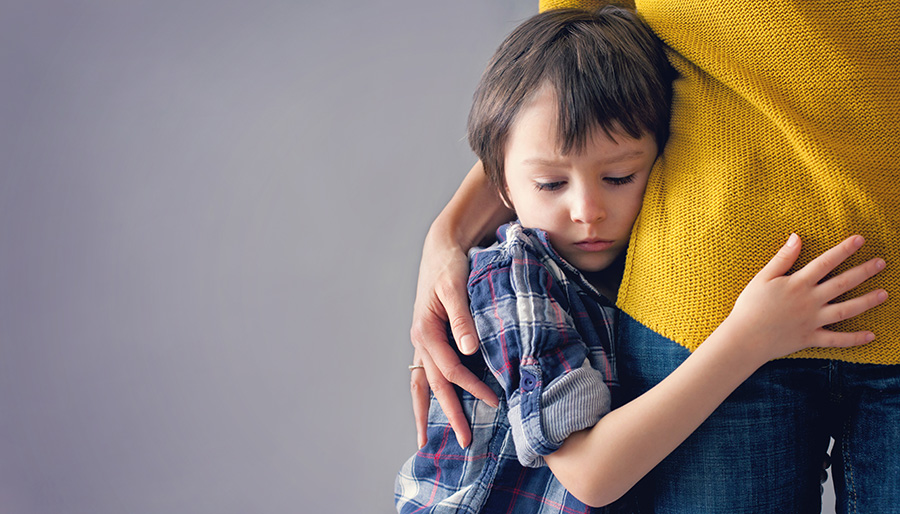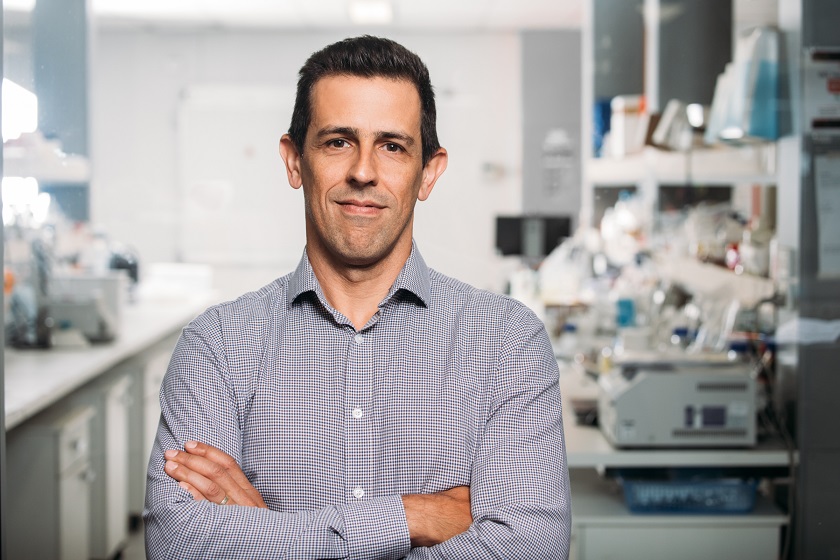The combination of intergenerational art, movement and Indigenous cultural connections has been relatively overlooked when it comes to wellbeing.
Geraldine Burke
Senior Lecturer, School of Curriculum Teaching and Inclusive Education, Faculty of Education
Megan Adams
Associate Professor, School of Curriculum Teaching and Inclusive Education, Faculty of Education
Aislinn Lalor
Senior Lecturer and Research Fellow, Occupational Therapy, Faculty of Medicine, Monash University
Laura Alfrey
Senior Lecturer, Curriculum and Pedagogy, Faculty of Education
Keith Hill
Professor (Research), School of Primary and Allied Health Care
Participating in communal art and movement improves social connections, wellbeing, and creativity while being an enjoyable activity for all.
Our project supports the Australian government’s National Cultural Policy, Revive: A Place for Every Story, A Story for Every Place, by recognising and respecting the foundational centrality of First Nations knowledge in Australian arts, culture and education, and the importance of nurturing and celebrating Indigenous knowledge-holders as talented leaders and creators.
There are few opportunities in schools and universities that enable generations to learn together. We separate generations for schooling from a very young age, and establish an expectation of age-appropriate education that persists in all forms of learning.
Research shows that one in three Australians have indicated they’re lonely, especially since COVID 19. Older people (defined by the Australian Institute of Health and Welfare as 65-plus) often report feelings of social isolation and loneliness.
Research suggests that many face barriers to access and participate in collaborative activities that may enhance feelings of wellbeing ,such as joining informal group exercise classes or participating in creative events.
Similarly, studies report there’s been an increase in loneliness among youth. As a result, older and young people are less likely to engage in activities that offer social connections and to be together physically.
Monash University students – including preservice teachers and occupational therapy students – are uniquely situated to learn how to bring together older members of the community and younger generations to engage in art, movement, learning, and being together.
In response to findings that highlight loneliness in various corners of Australian society, the We are Well: Intergenerational art-moving-wellbeing project represents a partnership between Indigenous artists, Monash University’s Faculty of Education, the Rehabilitation, Ageing, and Independent Living (RAIL) Research Centre at the University, McClelland Sculpture Park and Gallery, University of the Third Age Mornington, Rosebud-Rye Rotary, and local primary school children.
It aims to create a space for intergenerational learning that challenges stereotypes and supports social connection and feelings of wellness more broadly. This is evident in the following reflection from a 10-year-old participant:
“My mindset has changed and been much more positive because of the people and the activities in the project. I’ve felt free and happy.”
Through collaborative art activities, led by Indigenous artists, working alongside Monash researchers and students, participants connected to each other and Country.
They harvested local plants, created eco-dyed fabric, and moved together through the Indigenous-inspired Wayapa movement (below).

By coming together and being informed by evidence and strength-based approaches to art and health, participants enacted a shared vision to connect people across communities, institutions, generations, and cultural knowledge.
Community partnerships – opening hands, hearts and minds
The We are Well project is the latest Art Reach initiative from senior lecturer Geraldine Burke, who enacts art as social engagement by embedding community-connected art action into Monash education units.
This Art Reach builds on previous studies by Burke, who says “we neglect intergenerational work in our everyday lives”.
By incorporating gentle physical movement through art, and providing space for people to build connections between each other and place, We are Well recognises that we all have strengths and the capacity to contribute to shared concerns.
Before the project began, McClelland Gallery facilitated a cultural awareness training day for community participants, teachers and researchers to cultivate greater cultural understanding and sensitivity.
It was led by Indigenous trainer and mentor Jillian West, who drew on the personal experiences and everyone else in the room to create a safe space for learning.
“It was difficult, but it was really enlightening. I took a lot back and thought about it. It’s led to lots of discussions and thinking about moving forward.” – School teacher participant
Indigenous artists shared their knowledge and experience with the participants.
Aunty Karan Kent shared her connection to the land through storied movement and acknowledging the 14 elements of Wayapa Wuurrk.
Kylie and Kursty Colemane put into practice art-based activities, beginning with nature journaling, followed by explaining and sharing the aromatic, food-based and medicinal properties of plants. They then explained and modelled the sustainability of eco-dying, where there’s no need for harsh chemicals.
Nikki Browne, First Nations Learning and Programs Manager at McClelland Sculpture Park and Gallery, extended these activities by explaining connections to cultural knowledge in ways that were accessible to young children and older participants alike.
The Indigenous artists were delighted to see three generations layering many levels of connection by learning through doing together. Nikki Browne explains:
“Intergenerational teaching and learning are nothing new to Aboriginal communities. This is how we live within our cultural Lore. Everyone has skills to learn and share. We celebrate and honour achievements based on skills, not defined by age or gender, unless specific to men’s and women’s business. Connecting to Country and the environment through deep listening connects us to wellbeing.”
Monash pre-service teachers created and facilitated art experiences in response to input from the Indigenous artists, which enabled them to connect curriculum needs with relevant local content. The primary school children were enthusiastic and willing to give everything a go, which was energising for all participants.
Adult participants responded to the children’s engagement with enormous goodwill. The project developed the school’s partnership with Monash University and fostered direct connections with local groups in the community.
The school was grateful for the opportunity to provide its students with practical engagement in creative activities beyond the school context.
For occupational therapy students, there were valuable insights through the active intergenerational nature of the project. It enabled them to reflect on how they think (about stereotypes or assumptions), feel (by negating any prejudices), and act (by considering any discrimination) when working with older and younger people.
The focus on the strengths and capabilities of individuals in the project drew attention to what participants can do, rather than what they cannot do. There was debate about the right collective noun for this wonderfully good-hearted and diverse group of people. After a few grimaces and lots of laughter, the group agreed they should be called LOLLs, an acronym for “Lots of life lived”.
There are few art-moving-wellbeing activities offered in our communities. Funding is needed to recognise the benefits of art-movement-wellbeing activities. As a collaborative pilot project, we begin to address this gap in society of constantly separating generations.
The workshops were led by:
- Nikki Browne, Bidjara artist and educator, and First Nations Learning and Programs Manager, McClelland Sculpture Park and Gallery.
- Aunty Karan Kent, Bidjara, Community Elder; founder of Yimba Yumba – in sync with nature through the art of sharing Wayapa Wuurrk.
- Kylie Colemane, Darug and Wiradjuri First Nations consultant, artist and educator; founder of Your Green Prescription.
- Kursty Colemane, Darug and Wiradjuri First Nations knowledge-holder, artist and educator.







